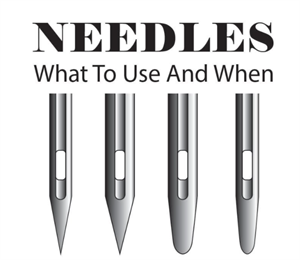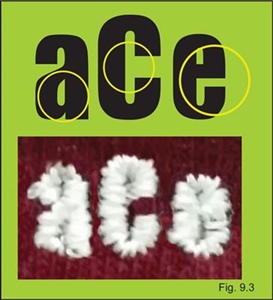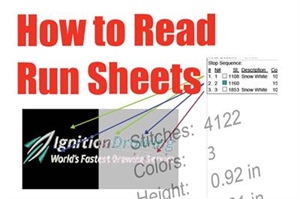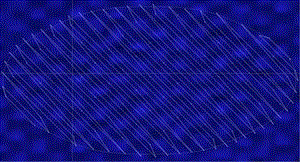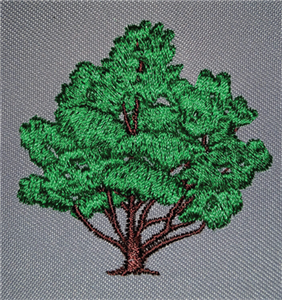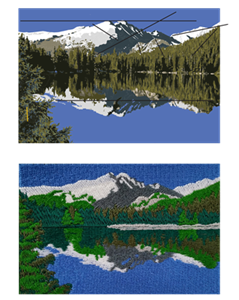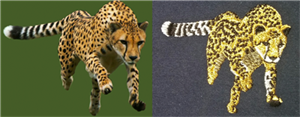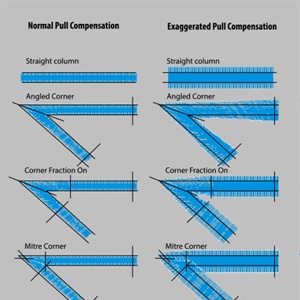At Ignition Drawing, innovation is more than just a buzzword—it’s the driving force behind everything we do. From perfecting techniques to prevent potato chipping on stretchy fabrics, to elevating the quality of puff embroidery, we are committed to continuous improvement. Our latest project is a prime example of this dedication to embroidery innovation. The Challenge: […]
How to Avoid This Blending Issue
Have you ever ordered a vector file in EPS format but when you view it in CorelDraw the image…
What on earth are connection threads? When you place an order for embroidery digitizing,…
Do you find your embroidery looks like it is disappearing or sinking into the fabric? When…
Twill/Denim/Nylon With fabrics such as twill, denim, or nylon, embroidery does not sink much and…
Short and Wide or Sharp Corners Wide fonts (also known as extended) and fonts with sharp corners…
Run sheets are a way to know how to program your colors in the machine without having the…
Run Stitch This is your basic stitch. This stitch is common in both embroidery and sewing…
In a previous article, I showed how stitch direction and stitch type can be used in a creative…
Approach is everything when you want to digitize realistically. In this and upcoming articles we…
We are going to look at this subject with a rather broad brush. This article will handle the…
Digitizing can be more complex than you think. Something that may seem simple can actually be…





